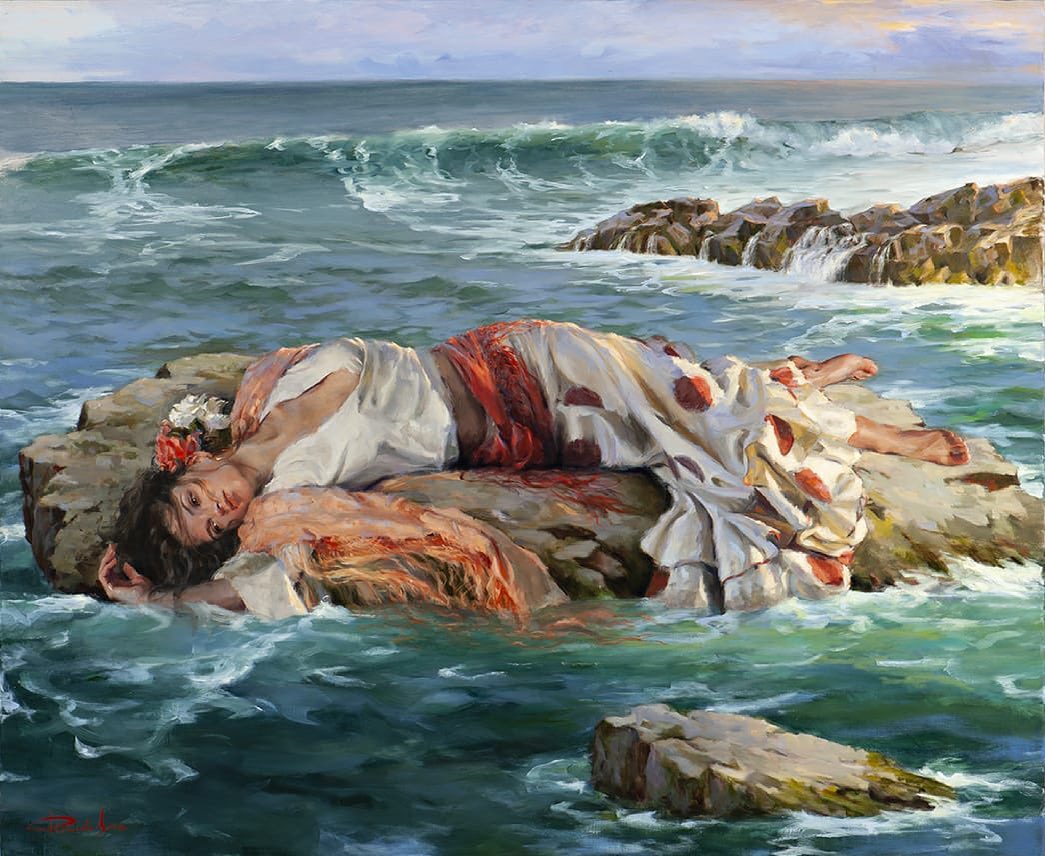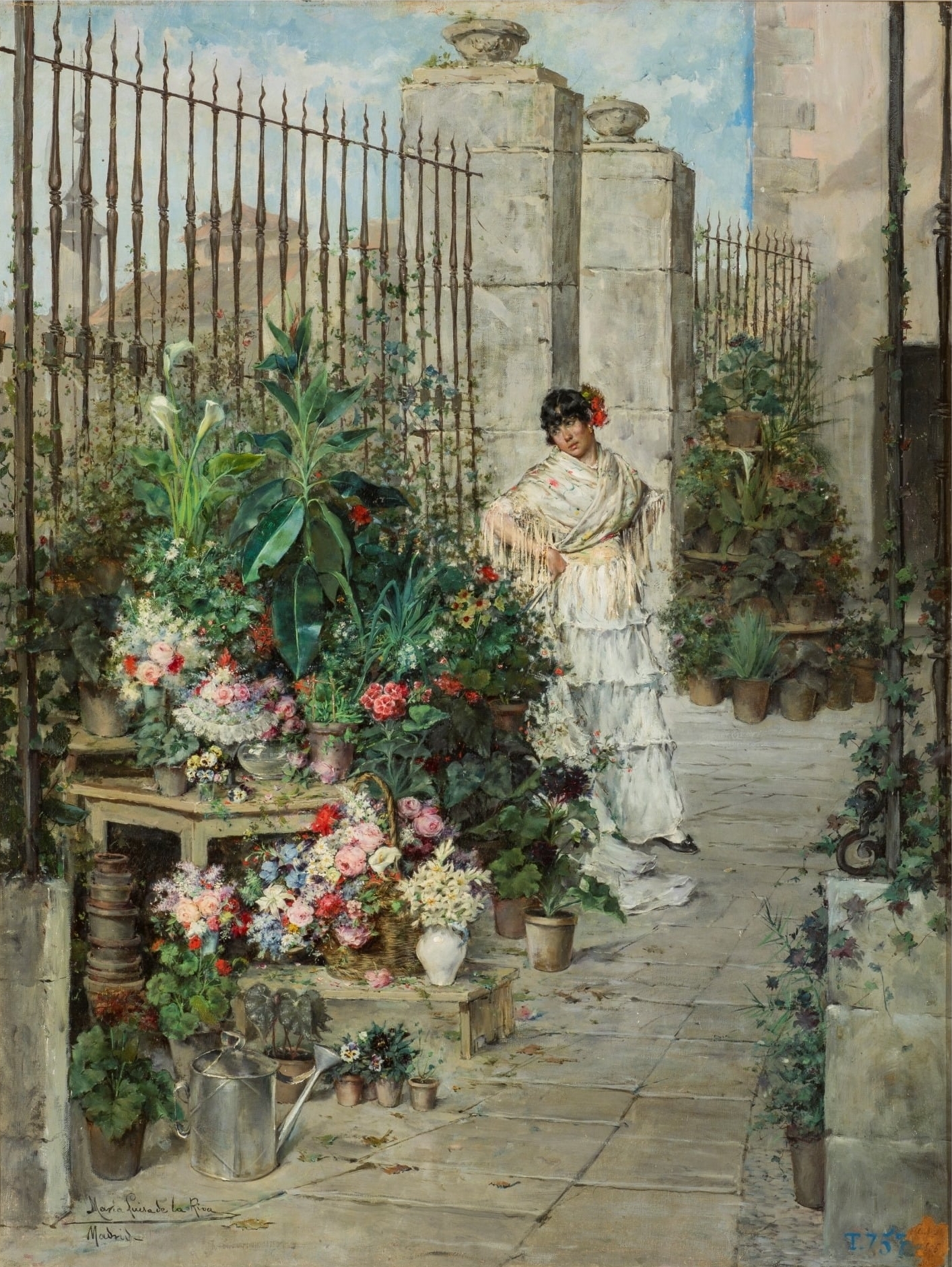da Paul Gauguin - Gli scritti di un selvaggio, 1894
(due anni dopo la morte di Vincent van Gogh)
- "Fu ad Arles, dopo richieste insistenti, che andai a trovare Vincent Van Gogh.
Voleva fondare "L’Atelier du Midi" che io avrei dovuto dirigere.
Questo povero olandese era entusiasta e in preda a una singolare eccitazione.
Leggendo "Tartarin de Tarascon" sognava un mezzogiorno straordinario da dipingere in getti di luce. E sulla tela i suoi gialli violenti inondavano di sole le fattorie e tutta la pianura della Camargue.
...Nella mia stanza gialla alcuni fiori solari e dagli occhi porpora spiccano su di un fondo giallo. Bagnano le radici in una brocca gialla, sopra un tavolo giallo.
In un angolo del quadro la firma: Vincent.
E il sole giallo, attraverso la tenda gialla della mia stanza, inonda di oro questa festa floreale; al mattino dal mio letto, quando mi sveglio, quasi ne sento il profumo.
Paul Gauguin - Van Gogh mentre dipinge girasoli, 1888

















